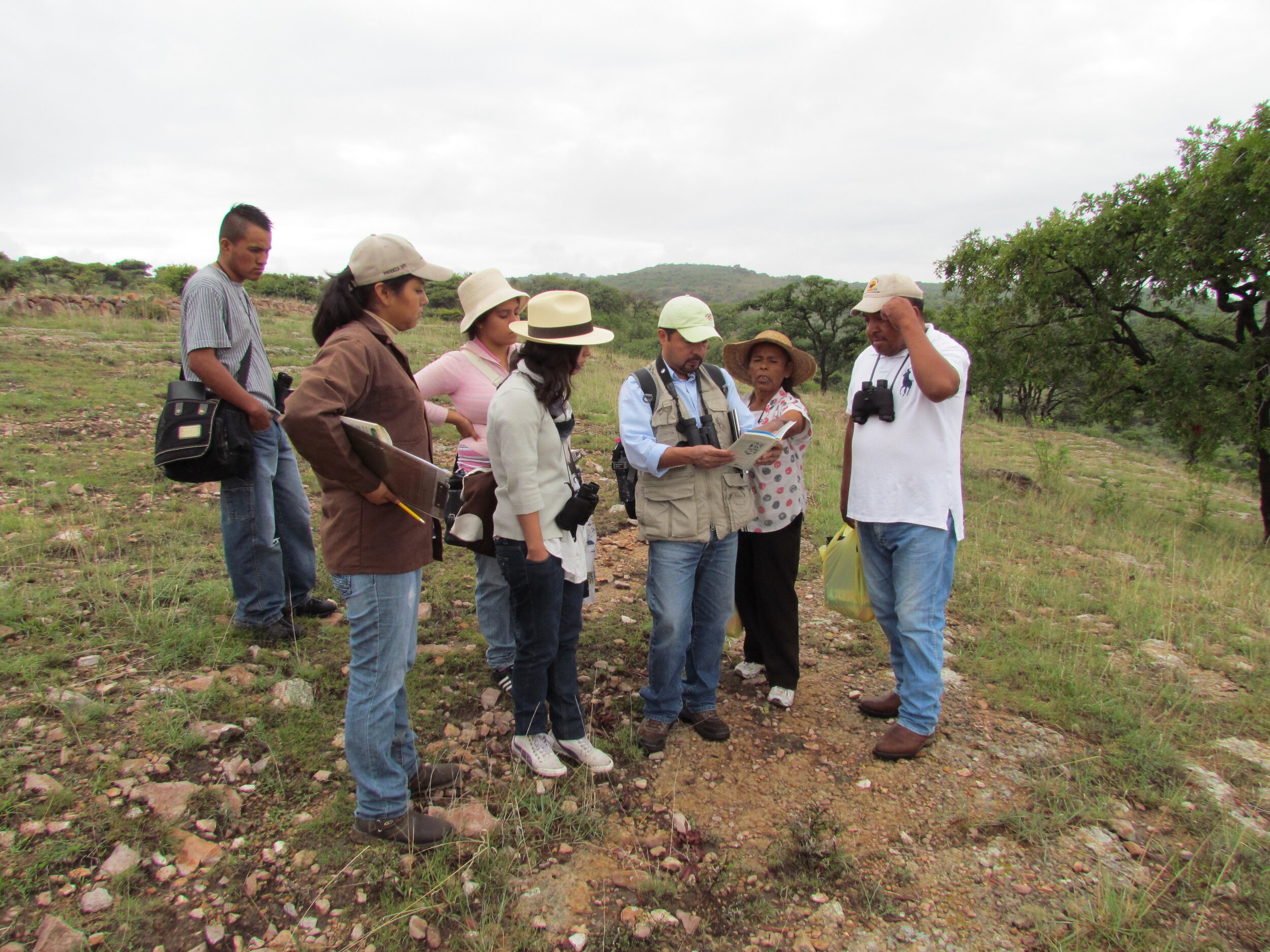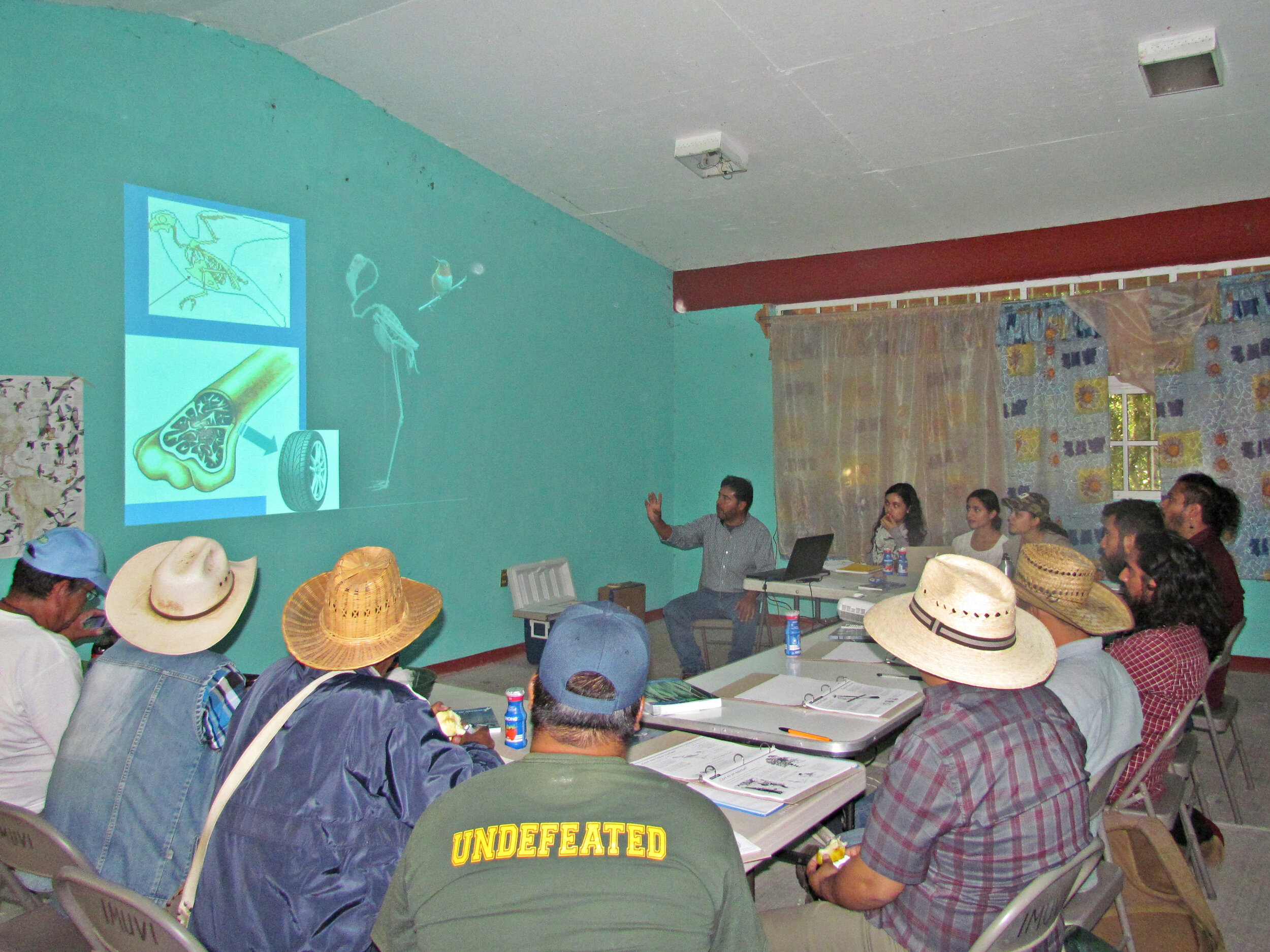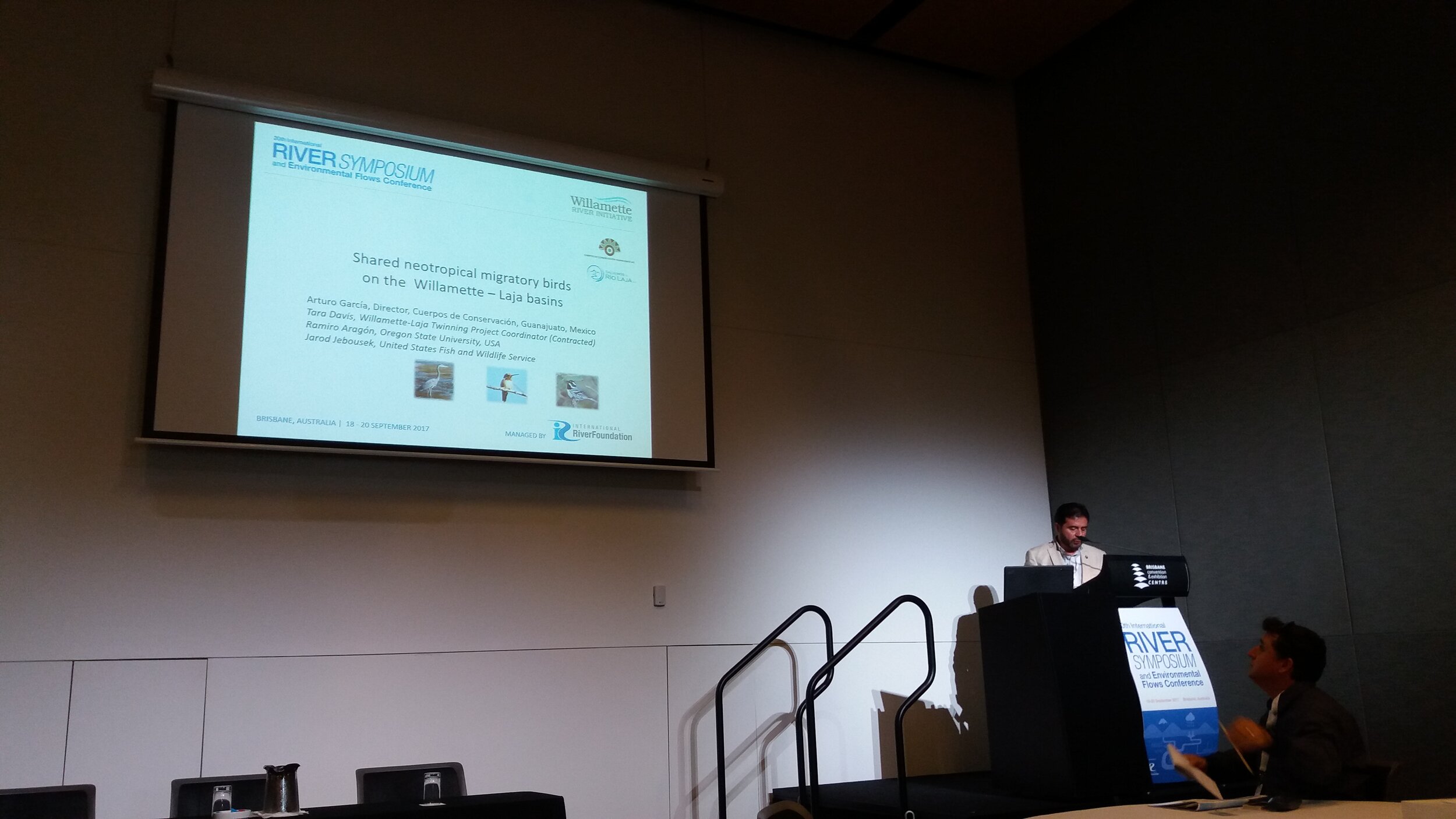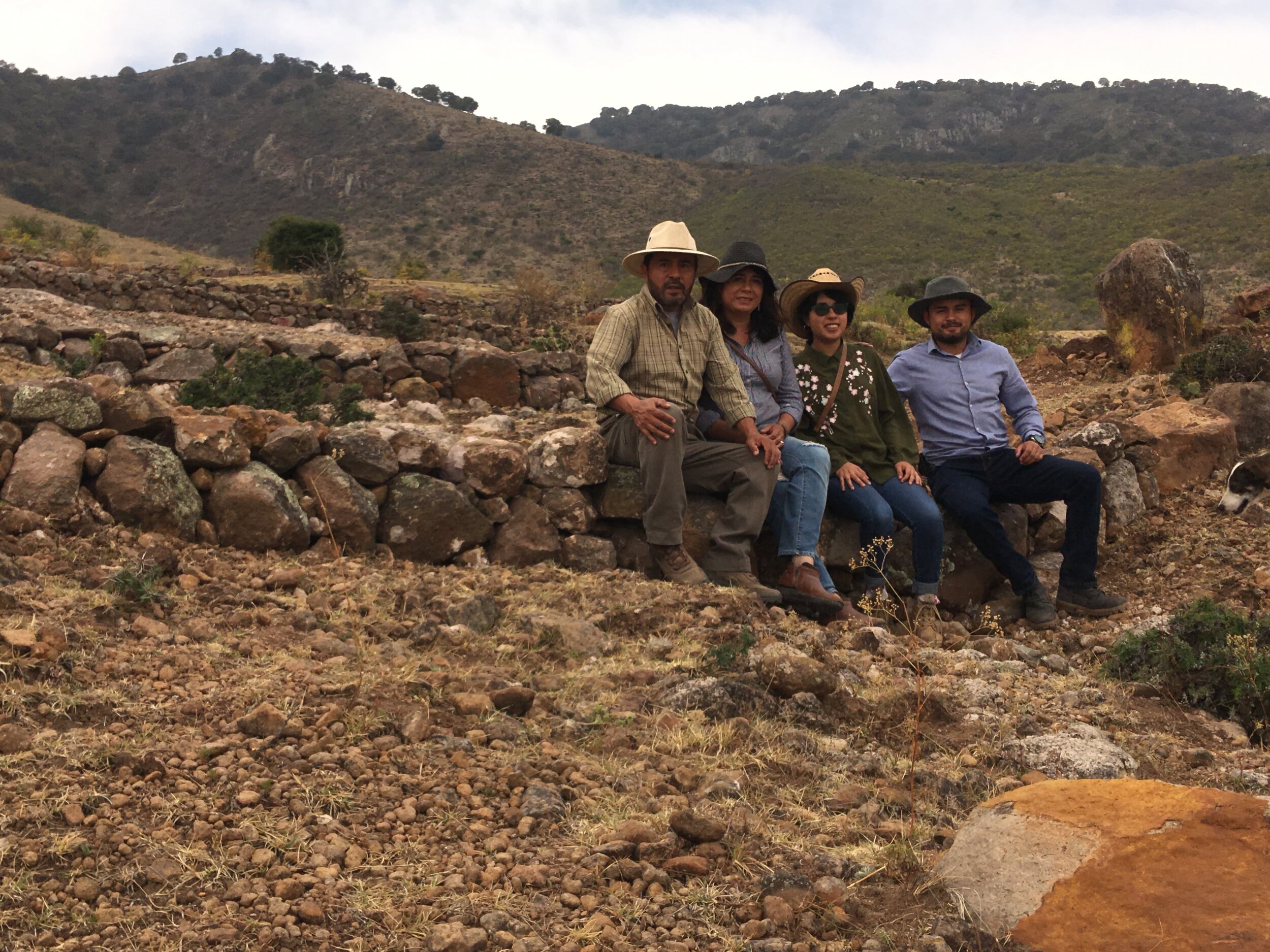I was born in Mexico City, but as a child I grew up in the municipality of Guanajuato, my mother's land. In 1980 being a teenager, with my parents and brothers we came to live in the Sierra de Santa Rosa. In those years we worried of experiencing "Life in the Field" and that's where the love of nature began. After high school I decided to learn about restoration practice and in a self-taught way, looking for courses focused on conservation. Thus, I have managed to obtain diplomas in Wetland Conservation and Productive Projects, participated several years in Congresses, Courses, Workshops and Seminars on topics of Community Development, Environmental Education, Natural Resources Management, Planning of Protected Natural Areas and Wildlife Contingencies. With the support of Salvemos to the Laja River, AC and the course of a year of training, in 2002 I was Certified in Tributary Restoration by the U.S. Department of Agriculture Forest Service in Flagstaff, Arizona.
On the professional side, in 1998 I formed the civil association Cuerpos de Conservación de Guanajuato, A.C, or Guanajuato Conservation Bodies, implementing the Sustainable Development Program Sierra de Santa Rosa, e redectos de Consultoría Ambiental and Investigación de la Avifauna, as well as Training Workshops and Rehabilitation Actions of Tributaries. Many of these actions and results have been replicated in other mountains and Protected Natural Areas of the state of Guanajuato.
For the constancy of the work dedicated to nature and the training of rural communities, I have received two important recognitions: the first awarded in 2006 by the American Act for the Conservation of Wetlands (NAWCA) Mexico Program for "Contributing in the Conservation of Wetlands of Mexico for the Conservation of Habitat of Migratory Birds and other Species Shared between Canada, Mexico and the United States". The second was a National Award awarded by the Government of Mexico on February 2, 2010 for "Contributing in the Restoration of the Riparian Wetlands of Guanajuato".
My passion for birds began in 1992 when Dr. Mary Richards (q.e.p.d.), and former Director of Theodore Roosevelt Sanctuary in New York, taught a training course for bird monitoring in the Santa Rosa Mountains. She left in me that seed that would later bear fruit in the form of studies on the birdlife of the Santa Rosa mountain range and the Laja River Basin. Subsequently, several primary schools in these mountains provide environmental education workshops aimed at inspiring children to know about birds and how to conserve their habitat, emphasizing migratory species.
With young people and adults performing habitat restoration in the mountains, we teach them how birds are environmental indicators and guide us on the success of the work over time. Conserving the habitat of birds means protecting the habitat they share with many other plant and animal species ofan ecosystemic vision.
This passion for conservation, living in the Sierra de Santa Rosa and the experience obtained with bird projects, has permeated in some way in my family, especially in my children Saúl Esteban and Sandra Eréndira, who chose to pursue university careers in Geomatics and Environmental Engineering. Their involvement in Cuerpos de Conservación de Guanajuato, A.C. is increasing and they may be able to continue this extraordinary environmental task. As a family we have decided to continue living and working for the conservation of this wonderful mountain range!
Mexico's great avifaunistic wealth is grounded in the focus of the largest species population shared with the United States and Canada. The particular triangle-shaped geometry causes the largest number of species in the world in North America to focus and billions of birds gather from north to south in each fall and return to northern latitudes in each spring. Ensuring the permanence of this extraordinary spectacle requires that every person in North America knows the multiple environmental benefits and is involved in their conservation ofa trinational perspective.
This is only possible by building bridges through medium and long-range environmental education strategies.
Strengthening the programs and actions of our Brotherhood Program, I am convinced that many children of the Willamette River and the Laja River will be able to enjoy a better world or at least the same as the one we met in our youth... that we must try responsibly.
Finally, I deeply thank our co-ordinor, Tara Davis, because for her confidence I had the opportunity to present our migratory bird "flag species" at the 20th International River Symposium and Environmental Flows Conference, held in Brisbane, Australia in September 2017, which is a great honour for me.






